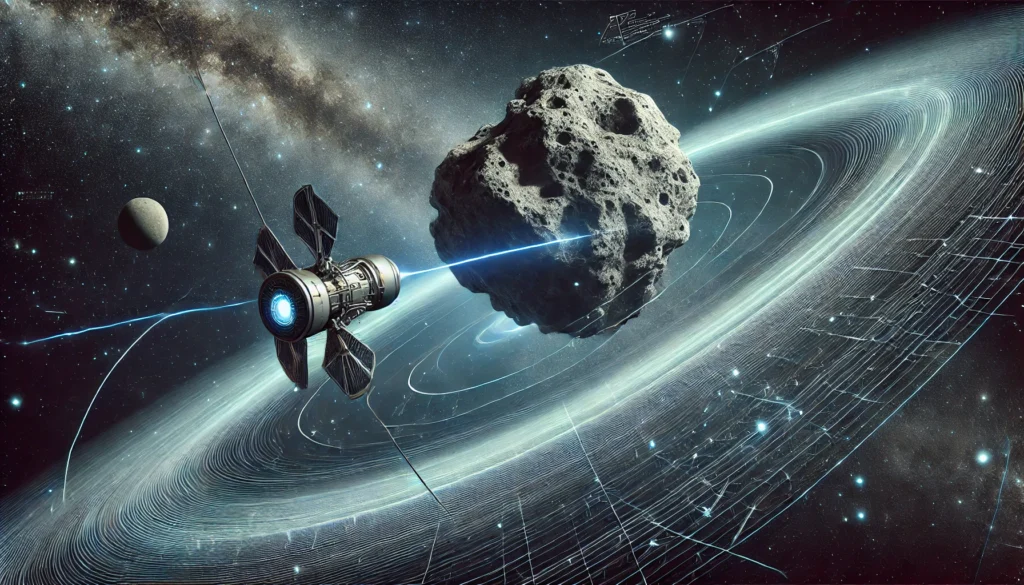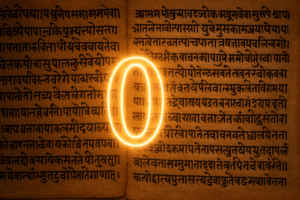Fun Fact: Every day, Earth is bombarded with over 100 tons of space dust and small meteoroids, but most burn up harmlessly in our atmosphere!
Asteroids have been a threat to Earth since the dawn of our planet. While small ones disintegrate upon entry, larger asteroids could cause catastrophic damage. Scientists and space agencies worldwide are working on advanced asteroid deflection strategies to prevent a potential disaster. This blog will explore these strategies, real-world missions, and the latest developments in planetary defence.
Understanding the Asteroid Threat
Asteroids are rocky celestial objects that revolve around the Sun. While most remain within the Asteroid Belt between Mars and Jupiter, some have orbits that bring them close to Earth. NASA (National Aeronautics and Space Administration) and ESA (European Space Agency) actively track thousands of Near-Earth Objects (NEOs) that could pose a potential threat. The infamous Chicxulub impact that wiped out the dinosaurs 66 million years ago highlights the dangers of large asteroid collisions.
The Need for Asteroid Deflection
A direct impact from a large asteroid could cause regional or even global devastation. For example, the Tunguska Event in 1908 flattened over 2,000 square kilometres of Siberian forest. While no human casualties were recorded, a similar event over a populated area would be disastrous. Given these risks, space agencies have developed various deflection methods.
Key Asteroid Deflection Strategies
Kinetic Impactor Method
The kinetic impactor technique involves crashing a spacecraft into an asteroid at high velocity to change its trajectory.
Example: NASA’s DART Mission
NASA’s Double Asteroid Redirection Test (DART) was the first real-world demonstration of kinetic impact. Launched in 2021, DART successfully impacted the asteroid Dimorphos, altering its orbit. This mission proved that kinetic impact is a viable method for planetary defence.

Gravity Tractor Method
A gravity tractor is a spacecraft that hovers near an asteroid, using its gravitational pull to gradually alter the asteroid’s trajectory.
Case Study: Theoretical Applications
Although not yet tested in space, NASA and ESA have considered this method for slow-moving, predictable threats. The benefit is precision control without creating debris.
Nuclear Deflection
Nuclear devices could be used to alter an asteroid’s course by detonating near the surface. This method is controversial due to international treaties prohibiting nuclear explosions in space, but it remains a last-resort strategy for large asteroids.
Example: Theoretical Simulations
Simulations suggest that a well-placed nuclear blast could vaporize part of the asteroid, changing its trajectory. However, breaking an asteroid into fragments might pose additional risks.
Solar Sails and Laser Ablation
This futuristic approach involves using high-powered lasers or solar sails to slowly nudge an asteroid by heating its surface and releasing vaporized material for thrust.
Example: Ongoing Research
The ESA’s Hera Mission, launching soon, will study asteroid deflection and could incorporate solar-based techniques in future missions.
Tugboats and Spacecraft Nets
Other concepts include spacecraft equipped with nets or robotic arms to capture and redirect asteroids. This method is still in the experimental stages but could be useful for small asteroids.
International Efforts in Planetary Defense
NASA’s Planetary Defense Coordination Office (PDCO)
NASA’s PDCO is responsible for tracking and mitigating asteroid threats. It collaborates with international agencies to improve detection systems.
ESA’s Hera Mission
Following NASA’s DART test, ESA’s Hera Mission will further study asteroid behaviour to refine deflection techniques. The mission will launch in the coming years to analyze the effects of the kinetic impactor method.
The United Nations’ Role
The United Nations Office for Outer Space Affairs (UNOOSA) promotes global cooperation in planetary defence, ensuring all nations contribute to asteroid tracking and response strategies.
Conclusion
Asteroid deflection strategies are no longer science fiction but a necessary planetary defence initiative. With successful missions like DART proving the effectiveness of kinetic impact, future efforts will refine and expand our ability to protect Earth. Strengthening planetary defence against potential asteroid threats requires close collaboration among governments, space agencies, and private sector organizations.
Author’s Note
As space exploration advances, our ability to prevent asteroid impacts improves. Continued investment in planetary defence research is crucial for safeguarding future generations.
G.C., Ecosociosphere contributor.
References and Further Reading
- NASA’s Planetary Defense Coordination Office
- ESA’s Hera Mission Overview
- The Rise of Asteroids in Astrology: A Cosmic Shift in Understanding -. https://chironastrology.net/asteroids-in-astrology/





Comments
Fantastic site Lots of helpful information here I am sending it to some friends ans additionally sharing in delicious And of course thanks for your effort
I like this post, enjoyed this one regards for posting.
Mitolyn I appreciate you sharing this blog post. Thanks Again. Cool.